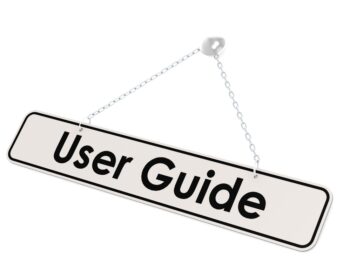Members of the claims management team and workers’ compensation defense attorneys need to understand a number of issues to be effective. In the area of resolving liens from workers’ compensation claims, it is important to recognize the complex issues associated with ERISA liens. Failure to do so can result in added time handling a claim, as well as additional and unnecessary expenses.
What is ERISA?
The Employee Retirement Income Security Act (ERISA) was passed into law by Congress in 1974. ERISA is codified in part at 29 U.S.C. §18, et seq., and establishes minimum standards for pension plans and other employee benefit plans.
ERISA claims arise when an employer-sponsored group health plans (GHP) provided by a private medical insurance company under the law pay for medical care and treatment arising from a workers’ compensation claims. Given the unique nature of a qualifying ERISA plan, their ability to recover is defined by federal law and contractual language – not by state laws that would otherwise be applicable.
Click Link to Access Free PDF Download
“8 ‘Think Outside the Box’ Tactics to Settle Workers’ Comp Claims”
Determine ERISA Application
As a general rule, ERISA only applies to Plans created under the Act and “self-funded” by an employer who assumes the financial risk for providing health care benefits to its beneficiaries. Generally, ERISA does not cover plans established for government agencies, churches or plans used to comply with state workers’ compensation laws, unemployment or disability matters.
The unique nature of ERISA Plans places additional burdens on parties to workers’ compensation claims. The result is often an unwillingness of qualifying Plans to negotiate reduced settlements. Due to the distinct nature of applicable Plans, federal law allows for them to bring a civil action to recover under 29 U.S.C. §1132(a)(3).
ERISA Plan Language: The Devil in the Details
All ERISA Plans have language explaining their rights of recovery in instances where medical benefits were paid on behalf of the claimant in a workers’ compensation and other personal injury claims. Examples of Plan language with expansive recovery rights include the ability to be reimbursed “in full, and in first priority, for any medical expenses paid by the Plan relating to the injury or illness.” In these instances, courts have largely ignored equitable arguments such as the “Made Whole Doctrine,” which limit recovery by an interested third party. Due to the rejection of this and other defenses, ERISA Plans are allowed to recover first, and without the need to compromise.
Practice Pointers when Dealing with ERISA Plans
Federal pre-emption and judicially recognized contract interpretations often make it difficult for attorneys and members of the claims management team to resolve ERISA intervention interests. Notwithstanding the special position of Plans, there are proactive steps one can take to resolve the claims effectively and efficiently:
- Obtain a copy of the Plan contact and reimbursement language. Sometimes a Plan’s right to reimbursement may be favorable to quick resolution and not ironclad;
- Present the facts of the case in a favorable light to your position. Each workers’ compensation claim is different and unique. Although ERISA Plans have a “super lien,” they are often willing to take a reduced amount based on emotional appeals;
- Keep the Plan administrator or their attorney posted on the status of a claim and include them on all procedural correspondence such as status conference and settlement negotiations; and
- Although ERISA Plans may, in fact, have superior recovery rights, never be a jerk. Instead be respectful at all times.
Conclusions
The unique nature of ERISA often makes it difficult to settle a workers’ compensation claim. Identifying the interests of the Plans is essential to deal with them productively. There are also best practices one can implement to resolve claims and benefit the bottom line of a workers’ compensation program.

Author Michael Stack, CEO Amaxx LLC. He is an expert in workers’ compensation cost containment systems and helps employers reduce their workers’ comp costs by 20% to 50%. He works as a consultant to large and mid-market clients, is a co-author of Your Ultimate Guide To Mastering Workers Comp Costs, a comprehensive step-by-step manual of cost containment strategies based on hands-on field experience, and is founder & lead trainer of Amaxx Workers’ Comp Training Center .
Contact: mstack@reduceyourworkerscomp.com.
Workers’ Comp Roundup Blog: https://blog.reduceyourworkerscomp.com/
©2018 Amaxx LLC. All rights reserved under International Copyright Law.
Do not use this information without independent verification. All state laws vary. You should consult with your insurance broker, attorney, or qualified professional.















